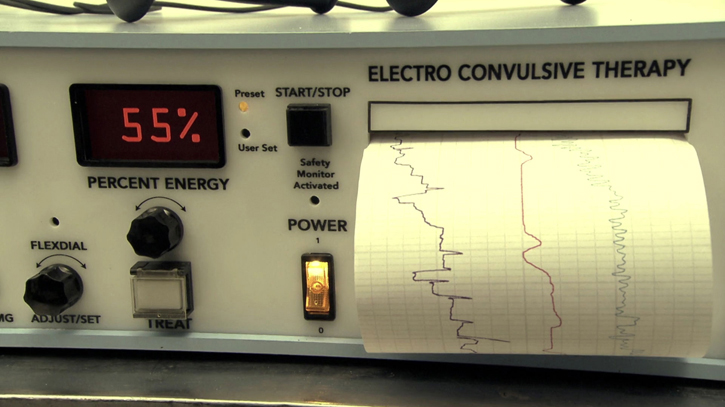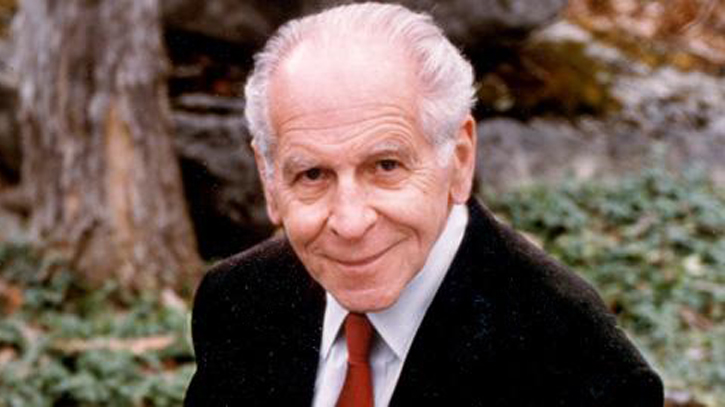The truth about electroshock (also known as electroconvulsive therapy or ECT) is really quite simple, and can be summarized in four basic points:
1) Electroshock damages the brain, it is just a matter of how much. It has to because of the intense electrical assault of hundreds of volts on a brain that naturally operates in millivolts, thousandths of a single volt.
2) Electroshock causes memory loss, again just a matter of how much. Memory loss is the sine qua non indicator of brain damage to a neurologist, and it always happens with electroshock. Anterograde amnesia is a functional cognitive deficit, basically a learning disability; retrograde amnesia refers to lost memories; this is often so profound that it is absolutely tragic for the shock survivors.
3) Electroshock causes all kinds of other damage, sometimes-even death.
4) Electroshock is never necessary; there are gentle and benign ways of helping people in distress.
Two books are among the very best resources on electroshock: One is titled Doctors of Deception is by shock survivor Linda Andre (2009), and is a terrific summary of the data on electroshock. It lays bare the truth that were it left to the science, electroshock would have gone to the trash bin of historic psychiatric barbarities along with its companions of the mid-20th century, lobotomy and insulin coma shock. Effective public relations is why electroshock lingers on (Breeding, 2016). The other is a tragically revealing and fascinating chronological history of electroshock, edited by electroshock and insulin coma shock survivor Leonard Roy Frank (2006), and can be downloaded at no charge from the website of the Coalition for the Abolition of electroshock in Texas. That website also has a wealth of other basic data on electroshock.
Another important factor in ECT’s persistent presence is the failure of the Food and Drug Administration (FDA). During the first decades of ECT there was no regulation of medical devices. Horror stories around devices like the Dalkon Shield contraceptive intrauterine device led to the Medical Devices Amendment to the federal Food, Drug and Cosmetic Act in 1976, bringing all medical devices under FDA regulation. There are three classes for the devices. Class I, like a tongue depressor, present little to no risk. Class II, like an MRI machine and a condom, are considered low-risk, when used according to specified standards. Class III is high-risk and general controls or performance standards are insufficient. The device industry is required to go through a premarket approval process to prove itself to the FDA, or else it can be taken off the market. As Andre reports in her book, in 1978, the FDA commissioned a report on ECT safety and performance. The FDA report relied on a selective literature survey and a questionnaire survey of four ECT doctors. They did not call for a CAT scan study that could have really addressed the essential question of brain damage. As Andre says, “The story of the FDA and ECT is, from the outset, the story of basic scientific questions unasked and unanswered. It is the story of the scandalous lack of basic data smothered in endless literature reviews.” (Linda Andre, 2009, p. 142).
The FDA took their report and called for a hearing on the reclassification of ECT devices from class III to Class II. To Andre, the strangest thing is that the ECT device industry took no part in the 1979 hearing, that there is no other device whose manufacturers have turned this responsibility over to a professional trade. Nevertheless, in this first event, the FDA did the right thing and subsequently classified the device as Class III. They also called for PMAs, due in May 1982; in November, there was a public hearing on the APA’s petition to reclassify ECT machines as Class II.
The second event had a different result. Despite no real evidence, and despite the fact that 93% of the letters received from ECT survivors were against reclassification, the FDA committee voted unanimously to reclassify shock machines as Class II; an important qualification was contingent on the development of a performance standard, presumably ensuring safety. Of course, there was no demand for a CAT scan study by the FDA. Linda Andre, herself a survivor of electroshock, reports losing five years of her life including most of the knowledge and skills accumulated during four years of college. Andre actually submitted a petition herself in late 1985 calling for the FDA to commission a CT scan of her brain, arguing that research on even one brain would be better than none. The FDA refused her petition, whereupon she and Marilyn Rice organized 123 other shock survivors to send in similar petitions, all refused.
In 1988, Andre finally had a neuropsychological evaluation, in which she discovered that her IQ score had fallen from a score of 156 ten years earlier, to 118, a loss of 38 points. The report also included the following: “Deficits in executive function, cognitive flexibility, abstract thinking, planning…Severe deficits in her intentional and organizational abilities…severe enough to undermine her ability to work. Results clearly indicative of brain injury secondary to ECT…” (p. 9) For the FDA story up to 2009, I refer the reader to Andre’s book; as to the bottom line regarding electroshock devices up to that time, as André wryly observes, no one thought the result would be decades of limbo as the machines have remained in Class III.
In fact, despite the industry’s persistent failure to prove safety or efficacy, the machines have not been removed from the market. The FDA continues to avoid their legal mandate and the industry keeps clamoring for reclassification. The most recent public hearing on reclassification was in Gaithersburg, Maryland on January 27-28, 2011. I testified at that hearing, and my subsequent report on the proceedings is available on our Coalition’s website (Breeding, 2011). For five years the FDA avoided responding, and when they finally did on December 29, 2015, it should be no surprise, given the history I briefly just summarized, that they offered a proposal to reclassify the devices as Class II, and a public docket is currently open. The title of Peter Breggin’s (2016) blog on the subject tells the same old story: “The FDA Wants to Approve ECT Without Testing.”
According to the FDA’s executive summary prepared for the 2011 hearing, 79% of 3,045 respondents as of January 2010 were against reclassification. Figuring in group respondents, the number doubled, and overall ten times as many were against reclassification as for it. Most of the complaints had to with cognitive impairment and brain damage, and then death. When considering damage, it is important to remember that FDA commissioner David Kessler has estimated that only 1% of adverse events are reported to the FDA.
While the vast preponderance of responses to FDA calls for testimony on ECT device reclassification in both 1982 and 2011 were from shock survivors against calling the machines safe because of their direct experiences of harm does not sway the FDA to take the machines off the market, or even to desist calls to reclassify them as Class II, I am sure that efforts of electroshock survivors are mostly responsible for stalling the move, at least to date. The FDA’s rhetoric calls for science, yet they support the industry collusion that avoids really looking at brain damage. Equally egregious, they discount or minimize the overwhelming testimony of electroshock survivors (such as Marilyn Rice and Linda Andre in 1982, and Loretta Wilson and Dorothy Dundas and Dan Fisher in 2011) as anecdotal, or nonscientific.
References:
Andre, L. (2009). Doctors of deception: What they don’t want you to know about shock treatment. Piscataway, NJ: Rutgers University Press.
Breeding, J. (2011). A battle in Gaithersburg: January 27–28, 2011 FDA hearings on reclassification of electroshock machines. Retrieved from http://endofshock.com/gaithersburg.htm
Breeding, J. (2016) Electroshock: On How and Why It Lingers on Long After Insulin Coma Shock and Lobotomy Are Gone. Ethical Human Psychology and Psychiatry, Volume 18, p. 53-76.
Breggin, P. (2016). The FDA wants to approve ECT without testing. Retrieved from http://www.madinamerica.com/2016/01/the-fda-wants-to-approve-ect-without-testing/
Frank, L. (2006). The electroshock quotationary. Retrieved from www.endofshock.com/102C_ECT.PDF








Leave A Comment
You must be logged in to post a comment.